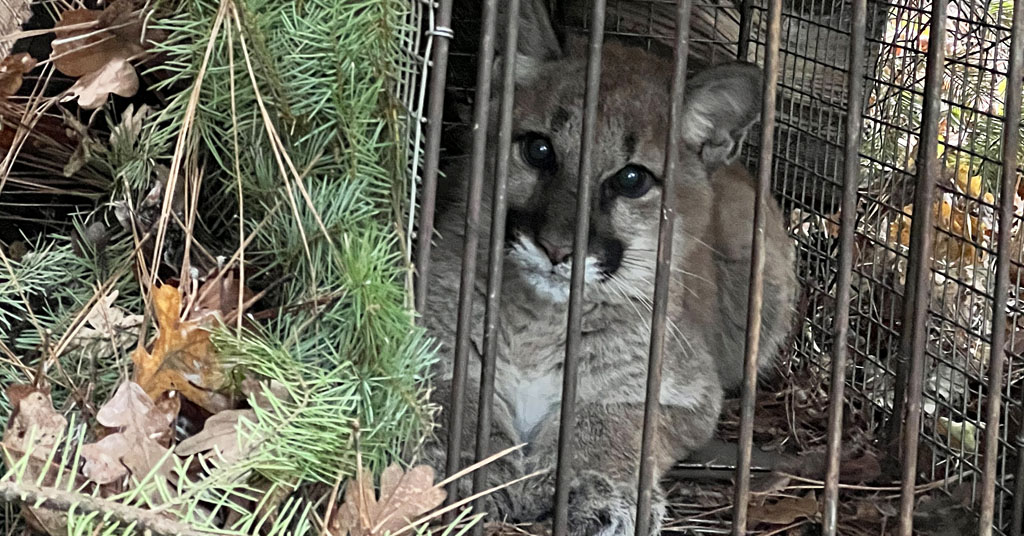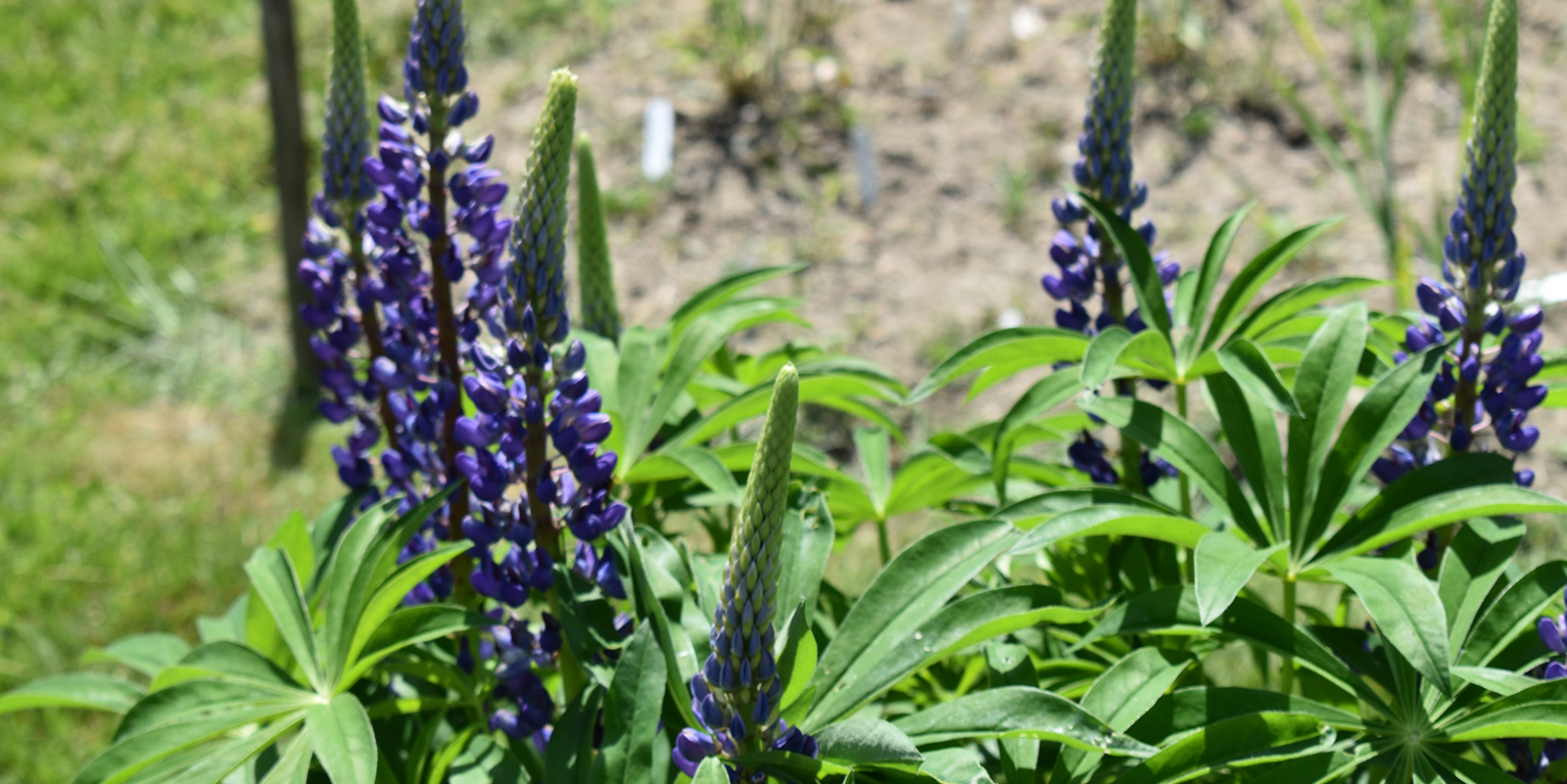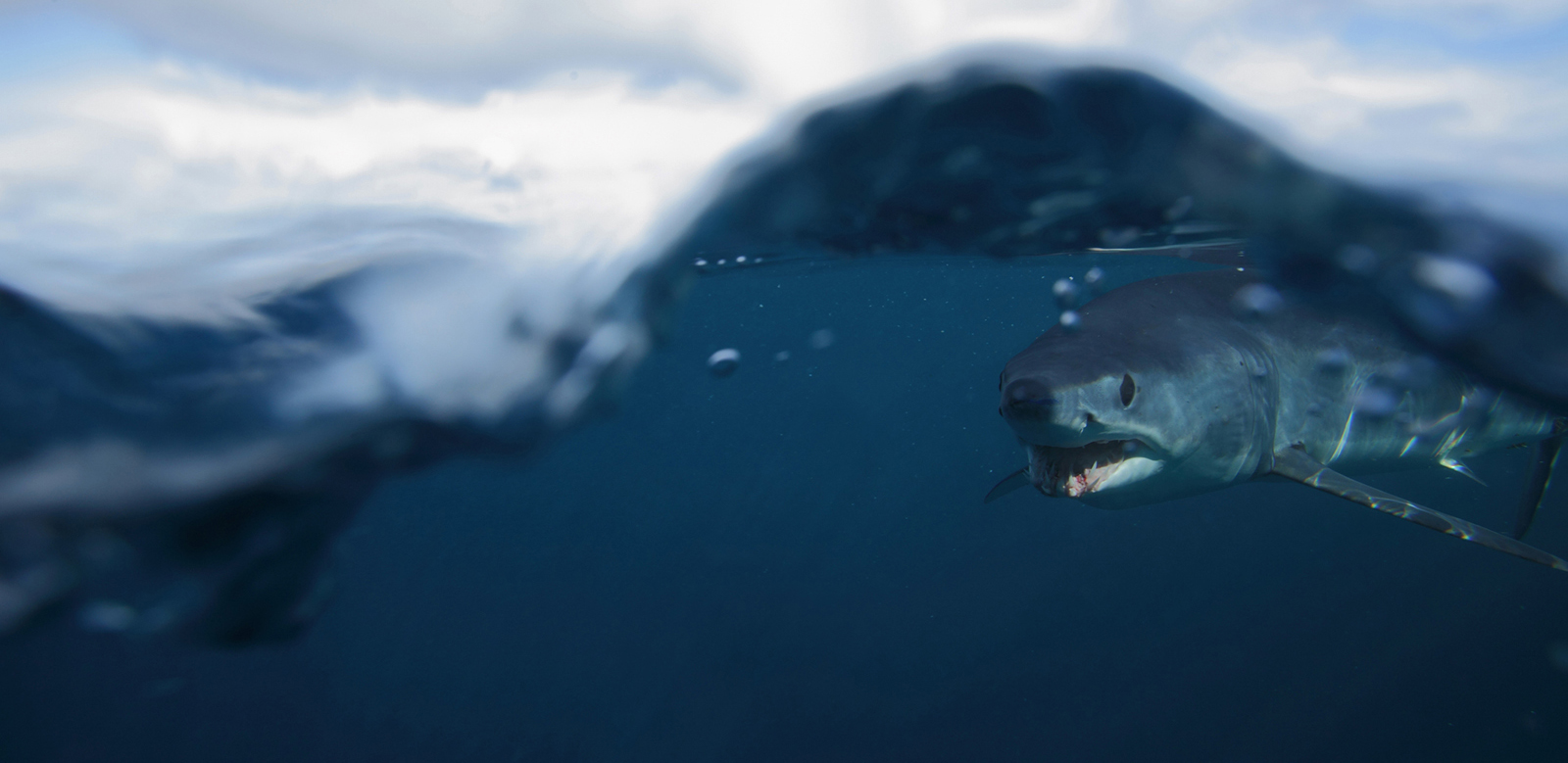Rhode Island’s List of Rare Plants Grows
February 8, 2017
The official list of Rhode Island’s rare and endangered plants has been updated for the first time in a decade, and the picture is somewhat grim. A total of 81 species were added to the Rhode Island Natural Heritage Database, bringing the total to 414, and 13 from the previous list were found to have disappeared from the state entirely.
Conversely, several species thought to have been extirpated were rediscovered, and a handful of others were found to be less rare than earlier surveys had indicated.
“Things are changing rapidly with the climate, and there is ongoing development pressure that affects plants,” said David Gregg, executive director of the Rhode Island Natural History Survey, which played a key role in updating the database. “New observations are being made all the time that change our opinion of the relative rarity of species.”
The Natural Heritage Database categorizes rare plants as either endangered, threatened or of special concern in the state, and a fourth category called “historic” indicates those species that once grew in the state but are no longer present.
Among the plants added to the database in the recent update are trumpet honeysuckle, a species common in the horticultural trade but which has declined in the wild; Canada dwarf-dogwood, also called bunch berry, which has struggled due to warming temperatures; and yellow blue-head lily, a northern species found more commonly on the mountain slopes of Vermont and New Hampshire.
Orchids are in especially dire straits in Rhode Island. Seven orchid species were added to the database, including yellow ladies’-tresses, large whorled pogonia, and north wind bog-orchid. Of the 36 species of orchids native to Rhode Island, 33 of them are now on the rare species list, and 10 of those are considered historic. The only orchids native to Rhode Island that are not on the list are the pink lady slipper and two kinds of rattlesnake plantain.
“Orchids are always rare on the landscape, but they’re also eaten by deer — they’re apparently really tasty — and they have very specific pollinator relationships and habitat specificity that make them at risk,” said Hope Leeson, a botanist for the Natural History Survey who participated in updating the database. “We’ve talked about adding the pink lady slipper, but it hasn’t made the list yet.”
Leeson said many of the changes to the database were the result of increased efforts by a large number of volunteer botanists such as Rick Enser, Doug McGrady and Francis Underwood spending time searching for particular species. A population of waxy-leaved meadow-rue was discovered by volunteers in Westerly, for instance, and purple milkweed was found in West Warwick and South Kingstown. Both species had been considered historic but have been moved to the endangered category.
Among the 10 species that volunteers were unable to find and, as a result, are now considered historic are lily-leaved wide-lipped orchid, dwarf burhead, three kinds of sedge, and budding pond weed, an aquatic plant that requires pristine water quality to survive.
Just three species were removed from the list because their population status in the state improved. Five others moved down the list from endangered to threatened or threatened to concern because they were found to be in less danger of extinction than previously believed. One of those, tall beaksedge, is considered a conservation success story because it benefitted from active monitoring efforts and habitat protection.
“We debated moving other species off the list entirely, but part of our reluctance was that even though we may have found more populations, they are still at risk from things that are going to continue happening in the future — climate change, habitat fragmentation, deer browse,” Leeson said. “Those are impacting rare species, and since rare species have such a specific habitat type that they have an affinity for, if you lose the habitat you lose the species.”
According to Gregg, the database is used in decisions by state and local environmental officials about land management and conservation, and by regulators and developers when properties are being considered for development. For instance, applications for permits to disturb wetlands must include a list of rare species found on the property.
Electric utilities often seeks information about rare species found on their transmission corridors as they make upgrades to power lines.
Many groups and individuals were involved in updating the list, including representatives from the Rhode Island Department of Environmental Management, U.S. Fish & Wildlife Service, Audubon Society of Rhode Island, Rhode Island Wild Plant Society and the New England Wildflower Society. The updated list was included in the state’s 2015 Wildlife Action Plan, which was reviewed by scientists and the public and approved by DEM in late 2016.
The database of rare animals in Rhode Island is being updated and should be completed by the end of the year.
Rhode Island resident and author Todd McLeish runs a wildlife blog.




There is a lot to laugh about, in a most bitter and ironic vein, in this article by Todd McLeish, who is a resident of Burrillville.
Start with this assertion attributed to David Gregg, the Executive Director of the Natural History Survey.
"According to Gregg, the database is used in decisions by state and local environmental officials about land management and conservation, and by regulators and developers when properties are being considered for development."
Really?
State officials and "regulators" such as those of DEM and the state Division of Planning use the Survey’s data base to make decisions "when properties are being considered for development?"
As one who has followed the infamous "process" the Energy Facilities Siting Board is using to ram-rod a 1,000 megawatt power plant into the heart of one of the most sensitive and extensively studied northern hardwood forest complexes in the region, I find that a most darkly humorous statement! While the Natural History Survey has busied itself with the minutiae of this new threatened species list, it has apparently done nothing in regard to the essential purpose of the list in the first place: the protection of such species and their habitats. Because if the Natural History Survey were paying attention to the EFSB’s vetting of this major industrial facility to be built in the heart of the Buck Hill woods, they would act on that core purpose and testify to the mendacity of this process, doing what they are uniquely positioned to do to stop it in its muddy tracks.
So far, this is how "the process" has unfolded regarding rare species and habitats.
In the original EFSB request for an advisory opinion (March 10, 2016) from DEM, they asked for (among other things) "the impact on fish and wildlife that will be caused by disruption of the habitat." Then, on July 1, 2016 the EFSB issued a second request with several additional questions, including: "the impact of the proposed facility on state conservation priorities and plans, fish and wildlife habitats, and rare species, including those identified in the Rhode Island Natural Heritage database."
In the eventual DEM advisory opinion (Sept. 12) they did not provide ANY review of the Natural Heritage database, instead simply recognizing that there were no records for the subject site because "a lack of Natural Heritage records is typical of private property in Rhode Island regardless of its conservation value and is often a reflection of the property not having been inventoried. DEM does not enter onto private property without permission, and generally not without invitation."
This excuse is preposterous!
On both counts!
First, review of the Natural Heritage database would have shown there to be dozens of records within a 2-mile radius of the power plant, a reasonable area to look at given the magnitude of this project— its land clearing; its power line right-of-way clearing; its resulting invasive species impact; its noise impact, aural and low frequency; its piggy-back effect on the existing power lines, gas lines and the pipeline compressor station; etc and etc. In that two mile radius alone you have over 6,000 acres of state-owned conservation land in the Durfee Hill, George Washington, Pulaski, and Buck Hill state forests, and another 300 acres protected by the Burrillville Land Trust.
But no… No DEM review of the existing Natural Heritage database.
And second, no DEM field survey of the power plant site itself. Its excuse? " DEM does not enter onto private property without permission, and generally not without invitation." This is nonsense! By state law, DEM is allowed to enter private property to conduct surveys even without landowner permission, but they didn’t even ask. The presence of the Black-throated Blue Warbler on the property (as reported by Invenergy) does constitute a Natural Heritage record even though it does not yet appear in the database. DEM should have at least conducted a cursory field review to determine the size of the population (both on and off-site) to get a better handle on the impact to this species. They should also have conducted an inventory for one Federally-listed plant that has been recorded in Glocester in a forest not unlike the subject property. And giving the final lie to their pathetic excuse, the could have easily sought and been granted a determination from the EFSB that the power plant company, Invenergy, grant DEM permission for the survey. That is entirely within the EFSB’s powers.
In the final, pathetic analysis, DEM’s official and final opinion delivered to the Energy Facilities Siting Board on the matter of the species impact of the power plant is: "DEM cannot, with such little site specific information, make conjectures on the full suite of species that would be impacted by the project and the exact nature and extent of those impacts."
If this isn’t tacit collusion with the EFSB, upon whose board sits DEM’s Director, Janet Coit, and the power plant’s chief political backers, the Building and Construction Trades Council, the state’s business associations, and Governor Raimondo, please, please inform me—I do not want to go to my grave having spent my life not understanding the meaning of "collusion."
The only thing that is going to stop this tragedy now is public outrage. Public outrage at yet another impending "done-deal in Rhode Island."
Mr. Gregg, and the members of the Board of the Natural History Survey, it is time for you to act. If DEM can’t testify to the threatened species impact of this project before the Energy Facilities Siting Board, (as they once did 30 years ago when this very same site was considered for the Ocean State power plant,) it is your moral duty to do so—the political consequences be damned.
Because if you don’t, what does your up-dated Natural Heritage Database amount to but a piece of paper?
Bill
You tell it like it is. Someone, somewhere needs to grow a set of cohones and stand up to Gina and her appointees to the EFSB. Rhode Island politics at it’s very best. Hopefully public support will count for something as 28 cities and towns have spoken out against this outrageous pollution supporting project, in the midst of all our tax-payer supported conservation land. DUH.
Today’s Sunday ProJo gave Gina a mid-term Report Card. It’s not surprising that she got an A from a member of her transition team who just happens to be The Hugest proponent of the power plant project, not to mention the architect of the now infamous Johnston Water Deal. Had Joe/Jill Public been given the opportunity to grade her she would have certainly gotten a D(+/-).
Wake up Gina, Re-election is just around the corner. You’re gonna need PUBLIC SUPPORT and not just that of SPECIAL INTERESTS.